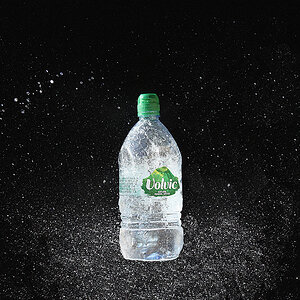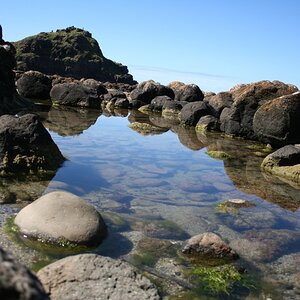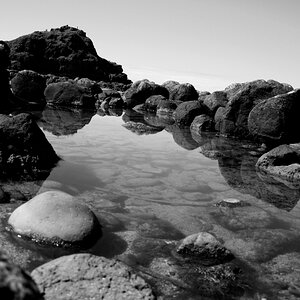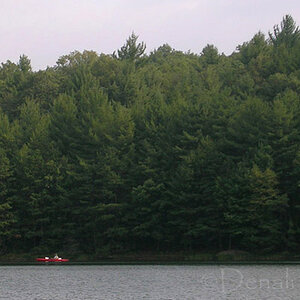grafiks
TPF Noob!
- Joined
- Feb 8, 2007
- Messages
- 192
- Reaction score
- 0
- Location
- Orange County, CA
- Website
- www.aapics.com
- Can others edit my Photos
- Photos NOT OK to edit
Sorry if this has been talked about before.
Most people familiar with photography know what ISO means when talking about film. One thing I have never been able to understand is how ISO can relate to a sensor inside a digital camera. How can the sensor become more sensitive by changing the ISO? I can only guess that it is a software function, which to me is pretty lame. It makes me think that ISO is just a "feel good" setting on digital cameras.
I personally do not use high ISO on digital. I simply slow the shutter speed instead. Of course, I have experimented with the setting and saw the extra grain with the high ISO settings.
Is there anyone that can explain why an ISO setting is included with a digital camera and does it really work? And if so, how?
Thanks!
Most people familiar with photography know what ISO means when talking about film. One thing I have never been able to understand is how ISO can relate to a sensor inside a digital camera. How can the sensor become more sensitive by changing the ISO? I can only guess that it is a software function, which to me is pretty lame. It makes me think that ISO is just a "feel good" setting on digital cameras.
I personally do not use high ISO on digital. I simply slow the shutter speed instead. Of course, I have experimented with the setting and saw the extra grain with the high ISO settings.
Is there anyone that can explain why an ISO setting is included with a digital camera and does it really work? And if so, how?
Thanks!


![[No title]](/data/xfmg/thumbnail/36/36658-525087f40e1bdbfe8b995ce4296ef4a6.jpg?1619737675)


![[No title]](/data/xfmg/thumbnail/35/35946-771bfce9b2727c9126587d96c471da80.jpg?1619737254)




![[No title]](/data/xfmg/thumbnail/42/42060-f597479f8fd78d4bb4d17e7686fb0812.jpg?1619739996)


